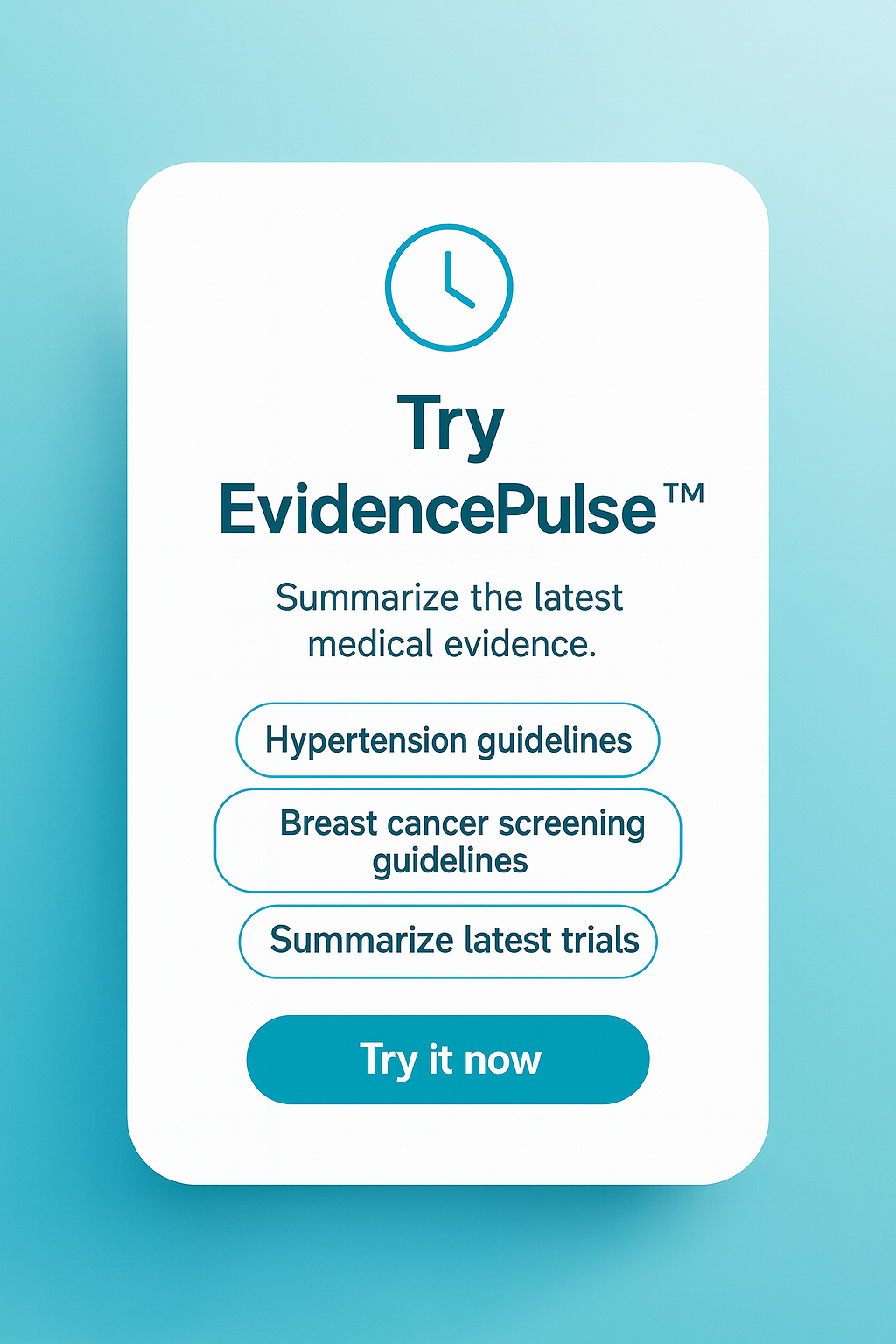No decrease in risk of deep vein thrombosis seen with adjunctive pneumatic compression
1. A randomized control trial of adult ICU patients randomized to receive either adjunct intermittent pneumatic compression with pharmacologic thromboprophylaxis versus pharmacologic thromboprophylaxis only found no significant differences in the incidence of lower limb deep venous thromboses between groups.
2. Secondary outcomes including prevalence of deep venous thromboses and occurrences of pulmonary emboli also did not differ between groups.
Evidence Rating Level: 1 (Excellent)
Study Rundown: Deep venous thromboembolism (DVT) and pulmonary embolism are two serious medical conditions often encountered in inpatient settings, especially among critically ill, immobile, and post-surgical populations. Pharmacologic thromboprophylaxis with unfractionated or low-molecular weight heparin (LMW heparin) has a considerable benefit for patients at risk for developing DVTs as they work to prevent excessive coagulation and prevent clot formation. Adjunct devices such as intermittent pneumatic compression stockings are also used to prevent DVT formation in the lower extremities and work to promote blood circulation in the areas applied. The additive benefit of these devices has not been well studied. In the Pneumatic Compression for Preventing Venous Thromboembolism (PREVENT) trial, researchers used international randomized control trial data to study the comparative incidence of deep-venous thrombosis among patients randomized to receive both intermittent pneumatic compression plus pharmacologic thromboprophylaxis versus a control group that received pharmacologic therapy only. Results showed that there were no significant differences in incidence rates of deep vein thromboses in between the two groups.
The trial presents compelling evidence for use of a single modality to prevent deep vein thrombosis in the inpatient setting. However, the analysis was limited by fewer than expected deep vein thrombosis which may underpower the study.
Click to read the study in NEJM
Click to read an accompanying editorial in NEJM
Relevant Reading: Effectiveness of Intermittent Pneumatic Compression Devices for Venous Thromboembolism Prophylaxis in High-Risk Surgical Patients: A Systematic Review.
In-Depth [randomized control trial]: This international, multicenter randomized control trial enrolled 2003 patients across 20 sites in Saudi Arabia, Canada, Australia and India between 2014-2018. Patients were randomized in a 1:1 ratio to either receive either intermittent pneumatic compression with pharmacologic thromboprophylaxis (n= 991) or pharmacologic thromboprophylaxis only (n= 1012). Those randomized to the experimental group had the compression devices placed for at least 18 hours a day. The primary outcomes of this analysis was the incidence of proximal lower-limb deep vein thrombosis from the time of randomization until trial day 28, attainment of mobility or death (whichever occurred first). All patients were monitored for incidence of thrombosis 48 hours after randomization and then twice weekly until the end of the trial. Secondary outcomes included the prevalence of deep vein thromboses, occurrence of pulmonary embolism, composite measures of venous thromboembolism rates as well as composite measures of death from any cause. The incidence of deep vein thromboses was 3.9% or 37 of 957 patients in the combined group compared to 4.2% or 41 of 985 patients in the control group (RR 0.93, 95% CI 0.60 – 1.44; p=0.74). There were also no significant differences noted in the prevalence of deep vein thromboses (3.4% in the experimental group vs 2.7% in the control group; RR 1.29, 95% CI 0.78 to 2.12), or occurrence of pulmonary emboli (0.8% in the experimental group vs 1.0% in the control group; RR 0.82, 95% CI 0.32 to 2.06).
Image: PD
©2019 2 Minute Medicine, Inc. All rights reserved. No works may be reproduced without expressed written consent from 2 Minute Medicine, Inc. Inquire about licensing here. No article should be construed as medical advice and is not intended as such by the authors or by 2 Minute Medicine, Inc.









